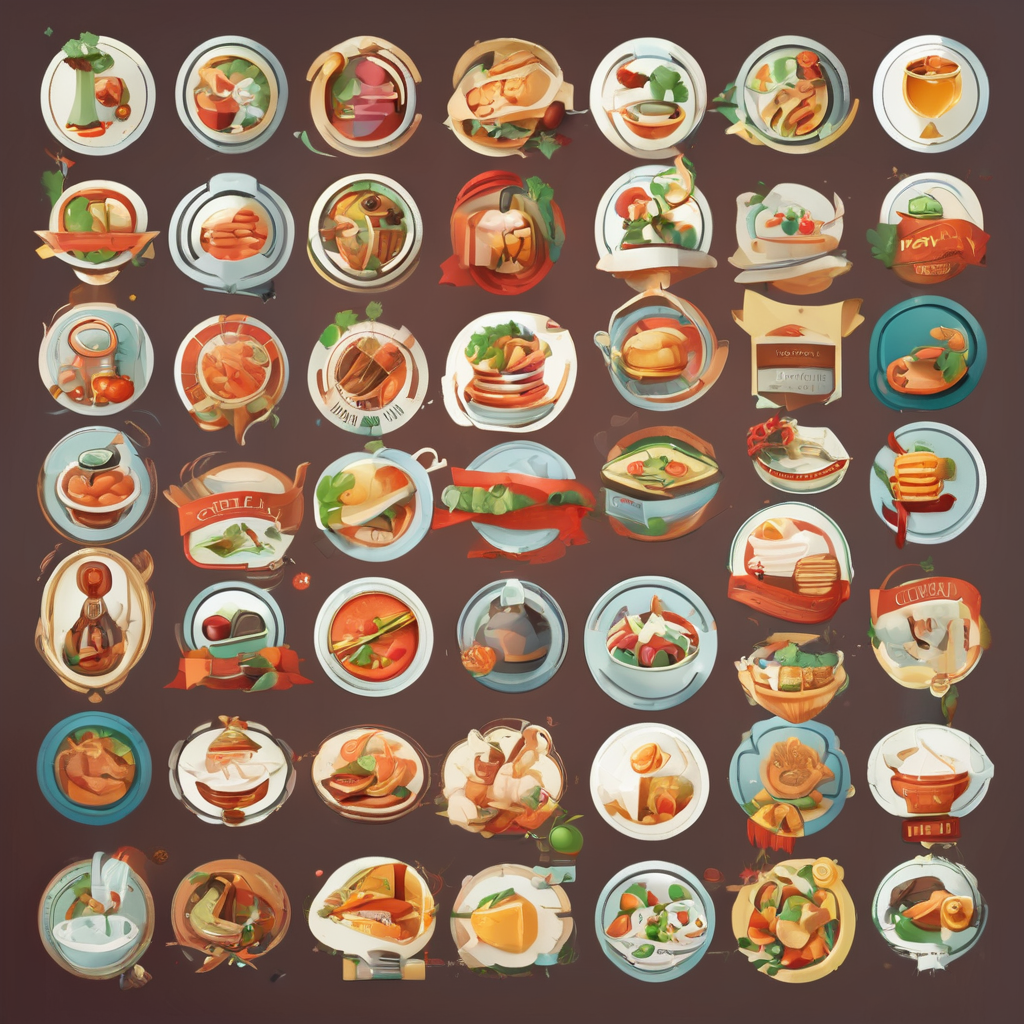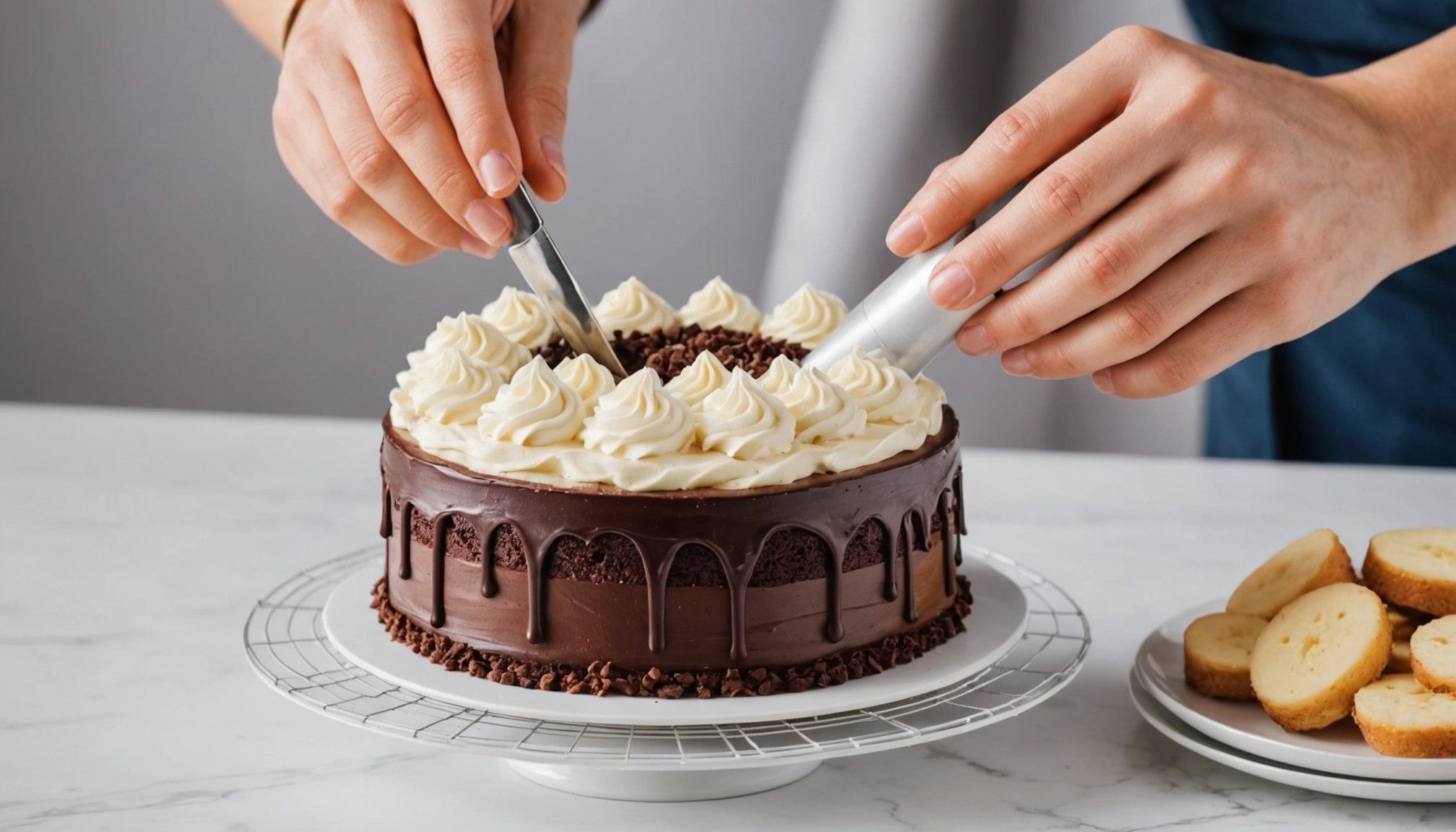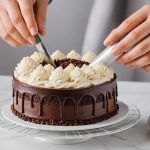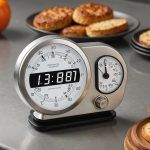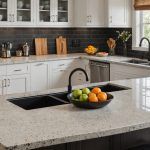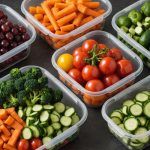Overview of Cake Decorating Piping Bags
Cake decorating bags are essential in transforming baked goods into masterpieces. These bags, also known as piping bags, come in various materials and are crucial for executing intricate designs. Understanding the different types is vital for enhancing one’s decorating skills.
Types and Uses
Various piping bags exist, each suited for different tasks. Disposable plastic piping bags are prevalent, perfect for quick and straightforward decorating tasks, as they require no cleaning. Reusable bags, often made from fabric or silicone, are ideal for more elaborate work where precision is needed. Each has its advantages depending on the decorator’s needs.
Have you seen this : Essential Design Elements of Kitchen Timers for Enhanced Accessibility for the Visually Impaired
Importance of Material
The choice of material greatly influences the durability and performance of piping bags in cake decorating. For instance, silicone piping bags are known for their flexibility and ease of cleaning, which makes them a favourite among professionals looking for long-term use. On the other hand, polyester and nylon options provide durability and can withstand higher pressures without bursting. Selecting the right material ensures the piping bag lasts longer while maintaining optimal performance.
In brief, picking the proper piping bag and material enhances both creativity and efficiency. Understanding these dynamics helps decorators achieve professional results effortlessly.
Topic to read : How can organizing your kitchen equipment improve your cooking workflow?
Material Comparison: Silicone vs. Polyester
When selecting a piping bag, considering the material is crucial for effective cake decorating. Silicone piping bags and polyester piping bags are popular choices due to their distinctive properties, offering various benefits and drawbacks.
Flexibility and Reuse
Silicone piping bags boast remarkable flexibility, making them easy to handle and control during intricate piping tasks. Their elasticity allows them to accommodate a range of pipe thicknesses, contributing to their popularity among professional decorators. Additionally, silicone’s ease of cleaning—thanks to its non-stick nature—enables reuse, making it a sustainable option.
Conversely, polyester piping bags are frequently lauded for their robustness. Their fabric-like texture can withstand higher pressures, offering resilience for challenging patterns and thick icings. However, cleaning polyester may require more effort than silicone, potentially discouraging frequent reuse.
User Preferences and Decorating Techniques
Decorators often lean towards silicone for artistic, detailed work due to its manageability and simple maintenance. Nonetheless, those prioritising robust performance—especially where pressures vary—may opt for polyester. User preferences largely depend on the chosen decorating techniques, aligning their material choice with their specific needs in durability or flexibility.
Durability and Performance in Cake Decorating
The durability of piping bags is a pivotal aspect in cake decorating, highly contingent on factors like material thickness and overall construction. A thick and well-constructed bag offers resilience, permitting decorators to exert considerable pressure without risking blowouts or ruptures. Materials such as silicone and polyester are noted for their robustness, each suitable for enduring demanding tasks that require sustained precision and support.
Performance also hinges on the bag’s capacity to maintain consistent pressure and flow. While silicone piping bags excel in maintaining flexibility and handling diverse pipe thicknesses, they must also be paired with strong seals to prevent leakage, especially during extended use. For decorators seeking vigorous performance across varied techniques, polyester bags stand out, thanks to their sturdy build.
To prolong the lifespan of your piping bags, adhere to best practices—regularly inspect for wear, clean thoroughly after each use, and store carefully to prevent damage. These steps ensure that your baking supplies remain durable, sustaining their effectiveness and allowing for creative exploration in the art of cake decorating. Maintaining these essentials guarantees efficient performance, aligning with professional standards.
User Reviews and Recommendations
In the world of cake decorating, enthusiasts place a premium on reliable and durable piping bags. Reviews underscore the necessity of evaluating user experiences to select the most suitable products. Generally, feedback highlights silicone and polyester as top contenders due to their distinctive benefits, such as flexibility for intricate designs and robustness for heavy-duty tasks.
Users often commend silicone piping bags for their ease of cleaning and reusability, which offer practical advantages for frequent decorators. This material is frequently acknowledged in reviews for accommodating various pipe thicknesses, a feature that enhances its broad popularity. Conversely, those requiring sturdier options often opt for polyester piping bags, praised for withstanding high pressure and resisting wear during demanding projects.
Notably, platforms like forums and specialty baking websites serve as resourceful hubs for discovering recommended products. They offer invaluable comparison insights based on real user feedback that highlight frequently top-rated items. Users appreciate these evaluations, which guide them towards quality choices, ensuring they invest wisely in baking supplies. Exploring these resources exposes decorators to a wealth of information, fostering informed decision-making tailored to their unique preferences and project demands.
DIY Methods for Making Piping Bags
In the realm of cake decorating, creating your own piping bags can be an innovative and cost-effective alternative. Utilizing household materials, DIY piping bags allow decorators to tailor their tools to specific needs while encouraging a hands-on approach.
Step-by-Step Instructions
To craft a homemade cake decorating tool, grab a sturdy, zip-lock plastic bag. Trim a small corner to control icing flow, inserting a nozzle if desired for detailed designs. This alternative material offers flexibility for various decorating tasks.
Opting for parchment paper also offers a simple solution. By folding the paper into a conical shape and trimming the tip, decorators can produce fine lines and write script on cakes. This method is valued for its precision and accessibility.
Benefits and Safety Tips
Creating personalised piping bags provides several advantages, such as customising the size to fit unique projects. It’s essential to ensure safety in your DIY venture; always use clean materials to prevent contamination. While these homemade options might not entirely replace professional-grade tools, they suffice for quick projects or experimentation with new techniques. By exploring these alternative materials, enthusiasts can make informed decisions, expanding their cake decorating repertoire with minimal investment.
